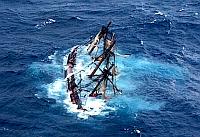
Photo:Petty Officer 2nd Class Tim Kuklewski /U.S. Coast Guard
Today is third day of hearings by the US Coast Guard on the sinking of the HMS Bounty on October 29, 2012, with loss of crew member Claudene Christian and Captain Robin Walbridge. The hearings will continue in Portsmouth VA through February 21st. Highlights of the hearings so far include the owner of the ship, Robert Hansen’s refusal to testify by invoking his Fifth Amendment rights on Tuesday. Yesterday, Todd Kosakowski, a project manager at Boothbay Harbor Shipyard in Maine, testified that d\rot was found on some of the ship’s framing while replacing planks. The extent of the rot in rest of the hull frames could not be determined with removing more planking which was not done.

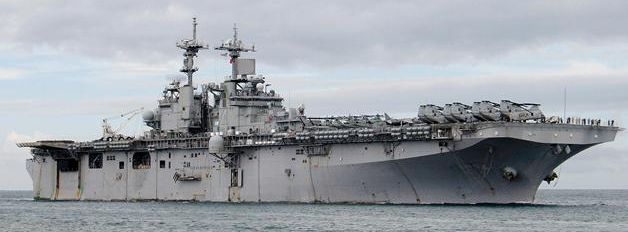 There is virtually no place on earth beyond its reach. No, not the US Navy. Starbucks. The coffee seller is now even opening a store on a navy warship, the amphibious assault ship,
There is virtually no place on earth beyond its reach. No, not the US Navy. Starbucks. The coffee seller is now even opening a store on a navy warship, the amphibious assault ship, 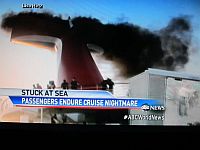 There is a fire in one of two engine rooms on a cruise ship. The fire is extinguished but the damage has been done. The cruise ship blacks out – losing power and most electricity. The ship is adrift in the ocean. There is so hot food, hot water, or air conditioning for the several thousand passengers and crew aboard the ship. Conditions aboard become extremely uncomfortable as sewage systems back up, food in refrigerators rot, and the temperatures below decks become sweltering. Finally, tugs are hired to tow the ship into the nearest port.
There is a fire in one of two engine rooms on a cruise ship. The fire is extinguished but the damage has been done. The cruise ship blacks out – losing power and most electricity. The ship is adrift in the ocean. There is so hot food, hot water, or air conditioning for the several thousand passengers and crew aboard the ship. Conditions aboard become extremely uncomfortable as sewage systems back up, food in refrigerators rot, and the temperatures below decks become sweltering. Finally, tugs are hired to tow the ship into the nearest port.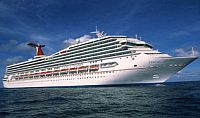 An engine room fire has knocked out the propulsion and the primary electrical system on the cruise ship Carnival Triumph in the Gulf of Mexico off the Yucatan Peninsula. Emergency generators are providing limited power to the passenger areas. The ship will be towed to to Progreso, Mexico and is expected to arrive on Wednesday. There have been no reported injuries among the 4,000 passengers and crew reported to be aboard the ship. Carnival Triumph is a post-Panamax Destiny/Triumph-class cruise ship, built in 1999, operated by Carnival Cruise Lines, sailing on 4 and 5 day voyages from Galveston, Texas to the Western Caribbean. Thanks to Phil Leon for contributing to the post.
An engine room fire has knocked out the propulsion and the primary electrical system on the cruise ship Carnival Triumph in the Gulf of Mexico off the Yucatan Peninsula. Emergency generators are providing limited power to the passenger areas. The ship will be towed to to Progreso, Mexico and is expected to arrive on Wednesday. There have been no reported injuries among the 4,000 passengers and crew reported to be aboard the ship. Carnival Triumph is a post-Panamax Destiny/Triumph-class cruise ship, built in 1999, operated by Carnival Cruise Lines, sailing on 4 and 5 day voyages from Galveston, Texas to the Western Caribbean. Thanks to Phil Leon for contributing to the post.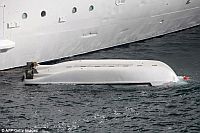 Five crew members on the cruise ship
Five crew members on the cruise ship  Today is
Today is 
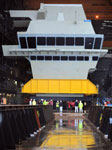
 In late January
In late January 

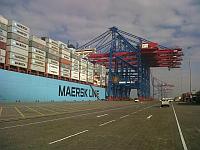
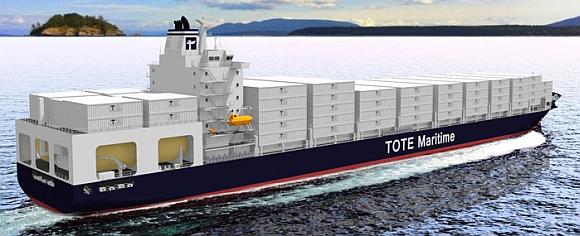 In December,
In December,